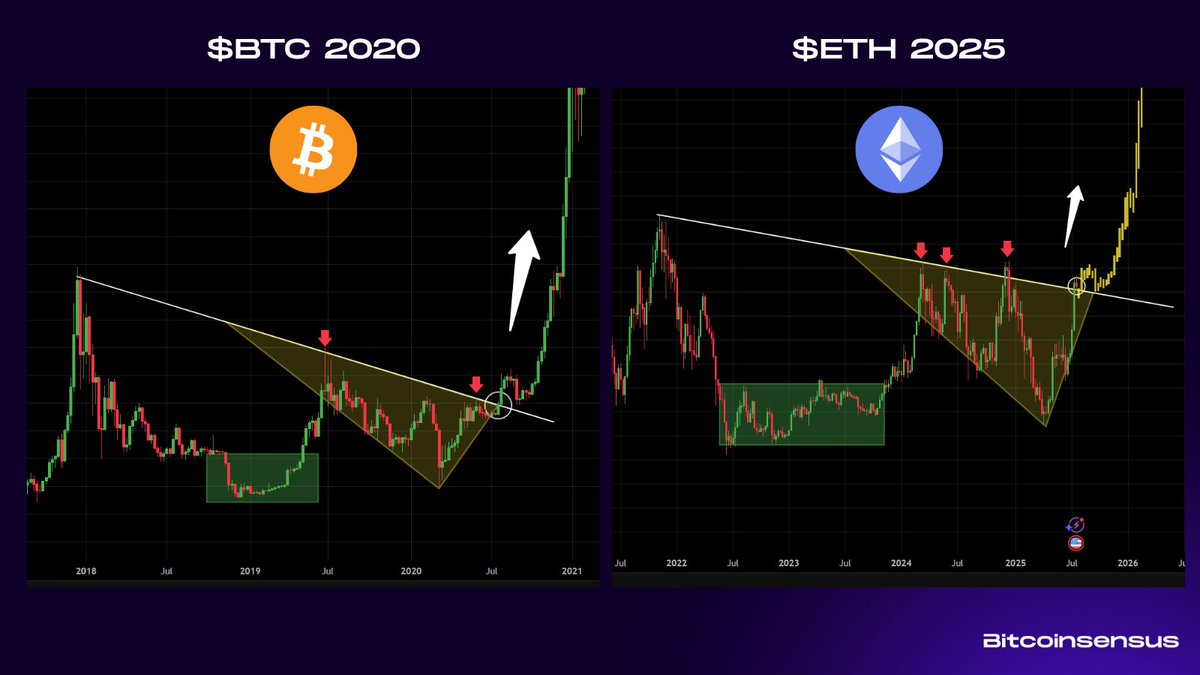As the U.S. stock market finds its footing after the recent Federal Reserve rate cut, savvy investors are turning their eyes toward promising opportunities. With the market currently on a recovery trajectory, there’s no better time to explore novel stocks that could provide substantial returns in the long run. Among these, Netflix (NFLX) stands out as a stock worth considering, especially as it trends in the buy zone following a significant technical shift.
NFLX On The Rise – Breaking Down Barriers
In recent trading sessions, Netflix has broken a downtrend that had previously stifled its growth, signaling a potential price surge ahead. The stock is currently trading at approximately $701 and boasts fresh support levels that indicate bullish momentum. With its Relative Strength Index (RSI) reflecting a strong upward trend, NFLX appears to be basking in favorable market conditions.
Over the past three years, Netflix has delivered an impressive 597% increase in profits, a statistic that highlights its ability to adapt and thrive. Revenue metrics are on an upward trajectory, suggesting that the streaming giant is well-positioned for continued growth. With a stable market environment, now is the ideal moment for investors to capitalize on Netflix’s momentum.
What’s Fueling Netflix’s Ascent?
Several factors contribute to Netflix’s current success. A pivotal change in its policy—restricting password sharing—has resulted in a surge of new subscribers and increased profitability. This strategic shift not only enhances revenue but also fortifies user engagement, positioning Netflix as a more robust competitor in the streaming landscape.
Moreover, Netflix’s commitment to producing original content remains a cornerstone of its strategy. Critically acclaimed series like “Stranger Things” and “Bridgerton” have not only captivated audiences but have also diversified Netflix’s income streams. By continually investing in high-quality, original programming, the company enhances its appeal and attracts a broader subscriber base.
Netflix is not resting on its laurels; it is also exploring new revenue avenues, such as live events. Recently, the company signed a $5 billion deal with TKO Group to incorporate its flagship program, “RAW,” into its offerings. This foray into live entertainment could unlock new revenue streams and enhance user engagement, providing further impetus for stock growth.
Also Read: Nvidia (NVDA) Earnings – AI Chip Giant Poised For Record Profits
An Investment To Watch
In a stabilizing stock market, Netflix emerges as a beacon of opportunity. With its innovative policies, strong original content, and expansion into live events, NFLX is well-positioned for sustained growth. Investors looking to maximize their returns should keep a close eye on this stock as it trends upward in a favorable market climate. As Netflix continues to break new ground, it may very well lead the charge in a recovering market, making it a must-watch for those looking to gain the upper hand in their investment portfolios.








